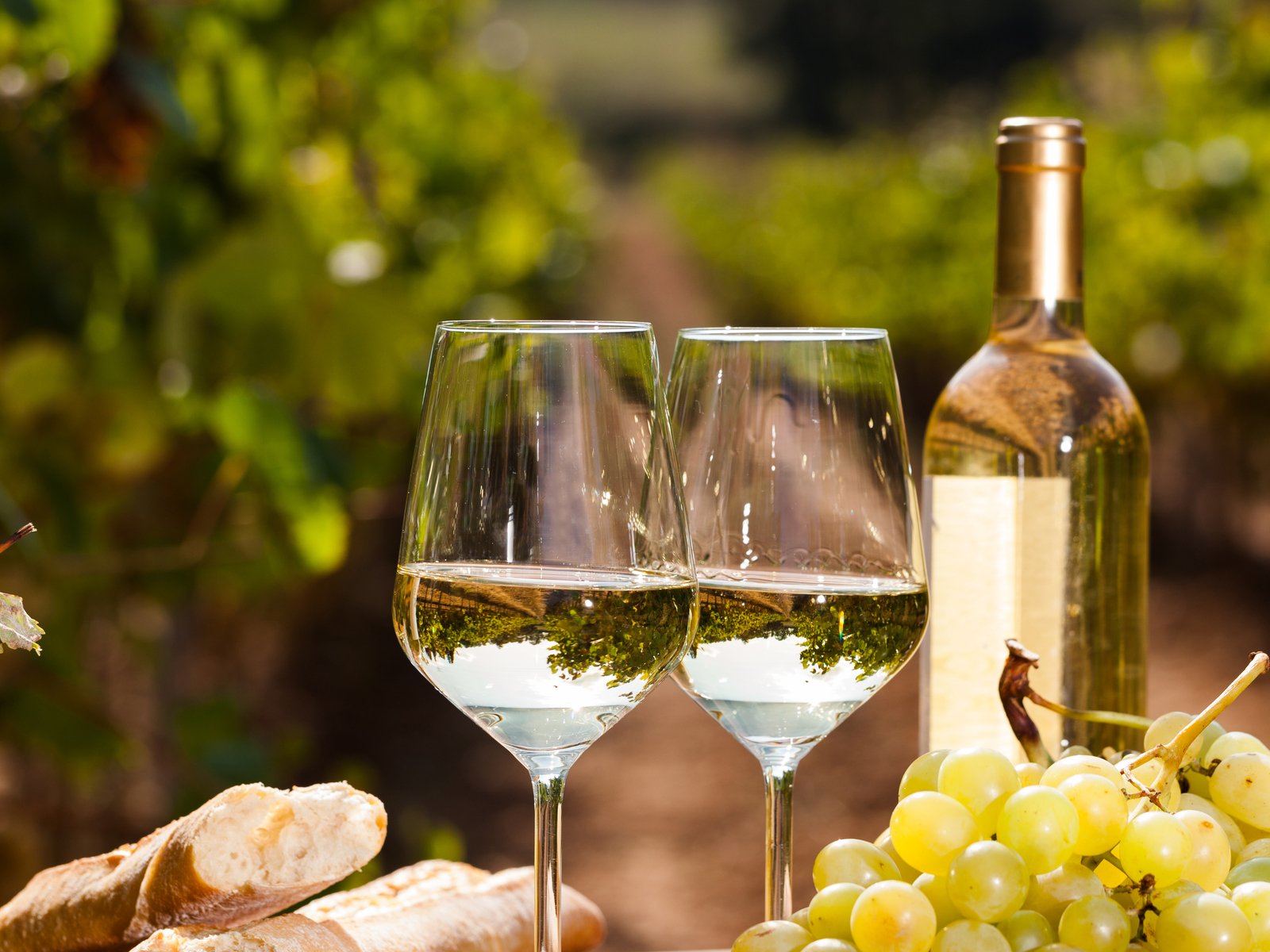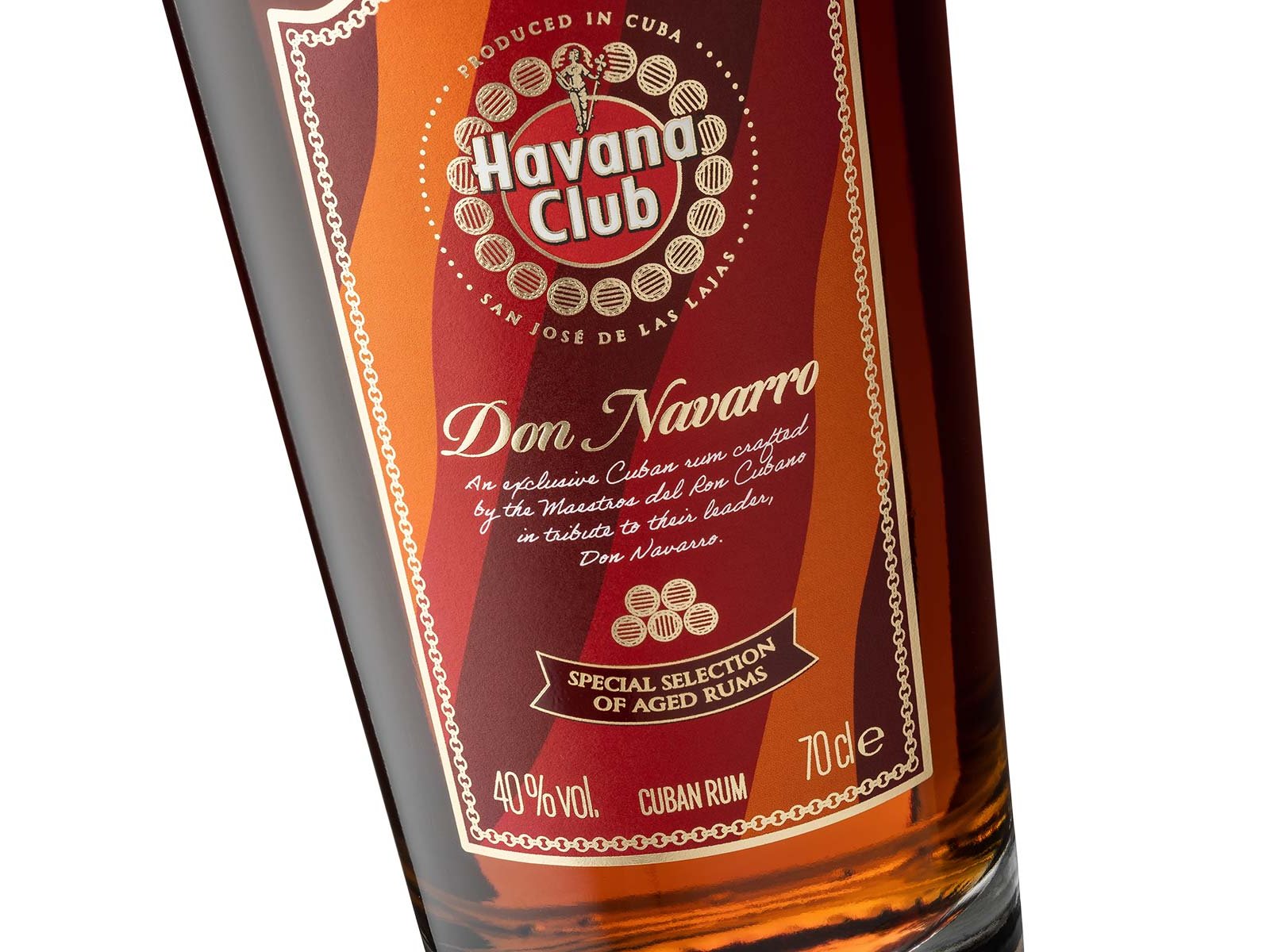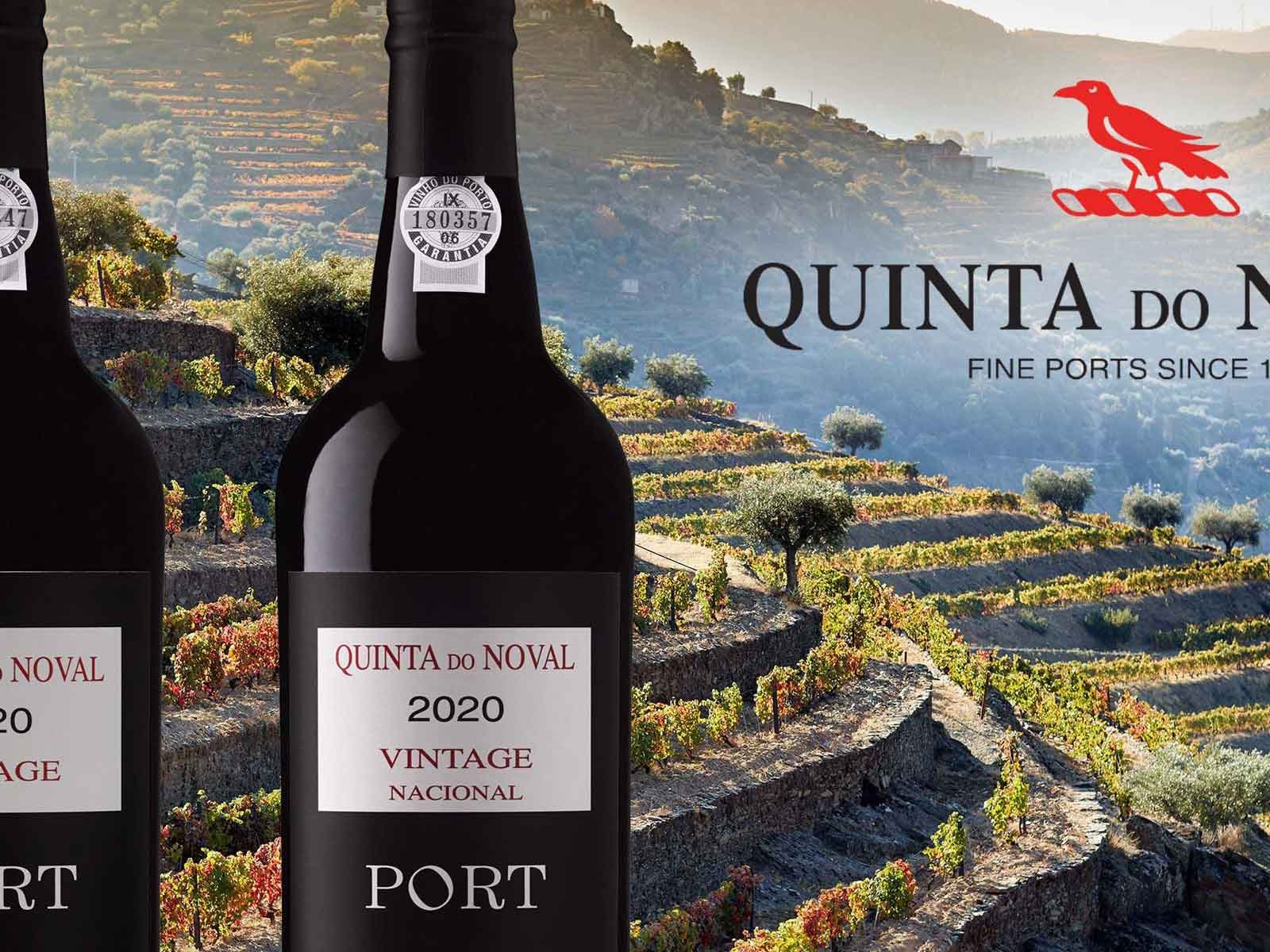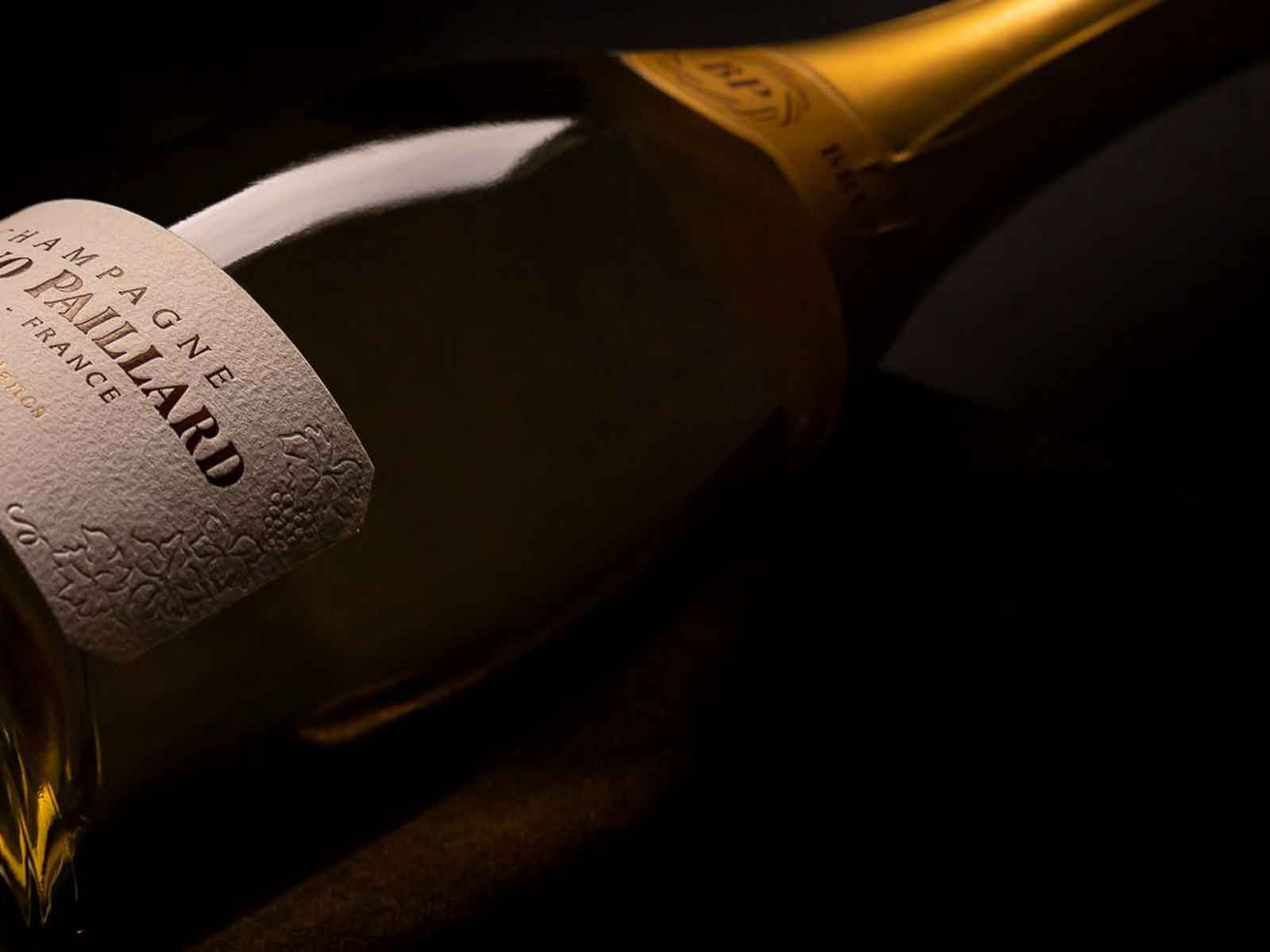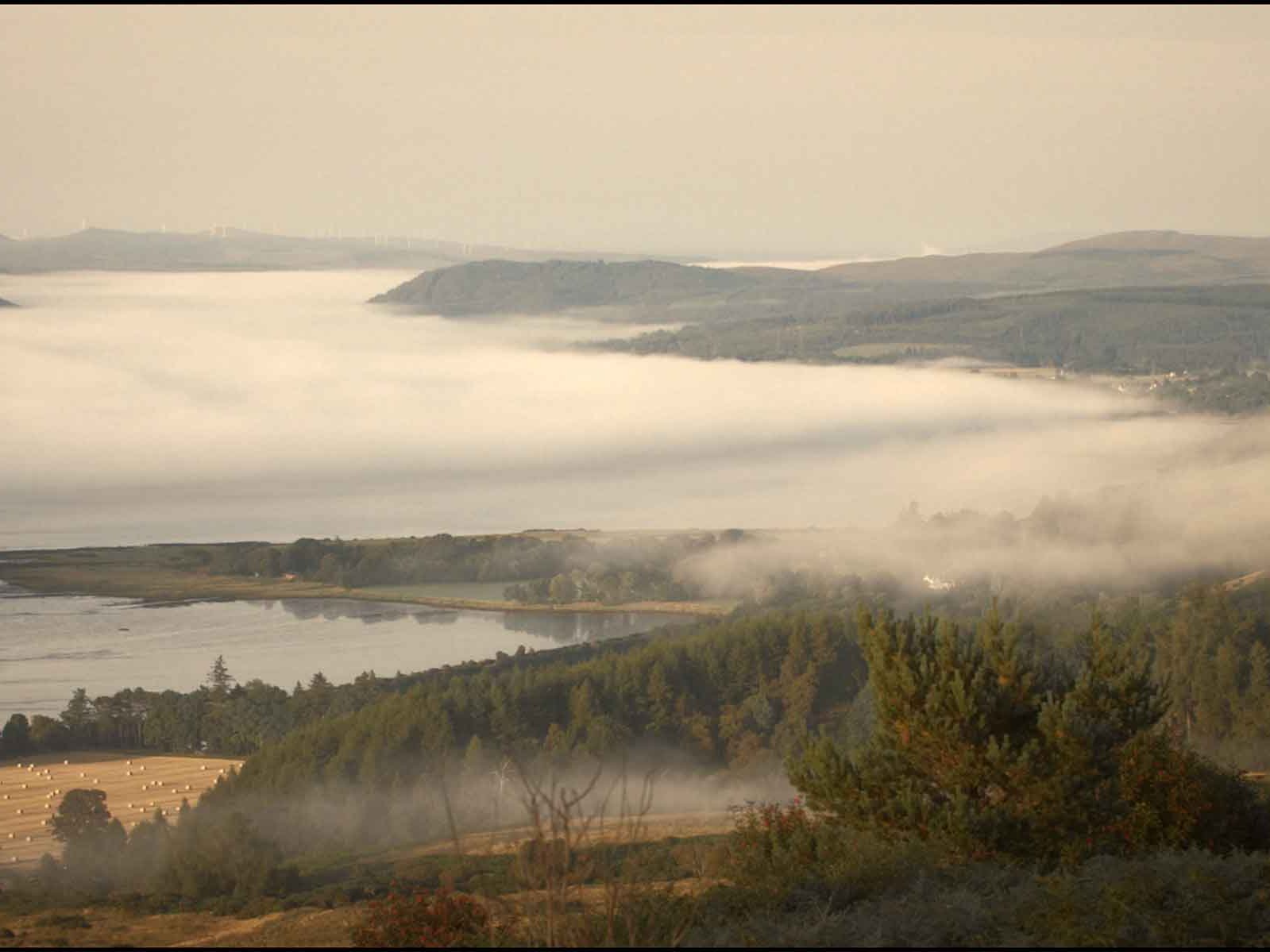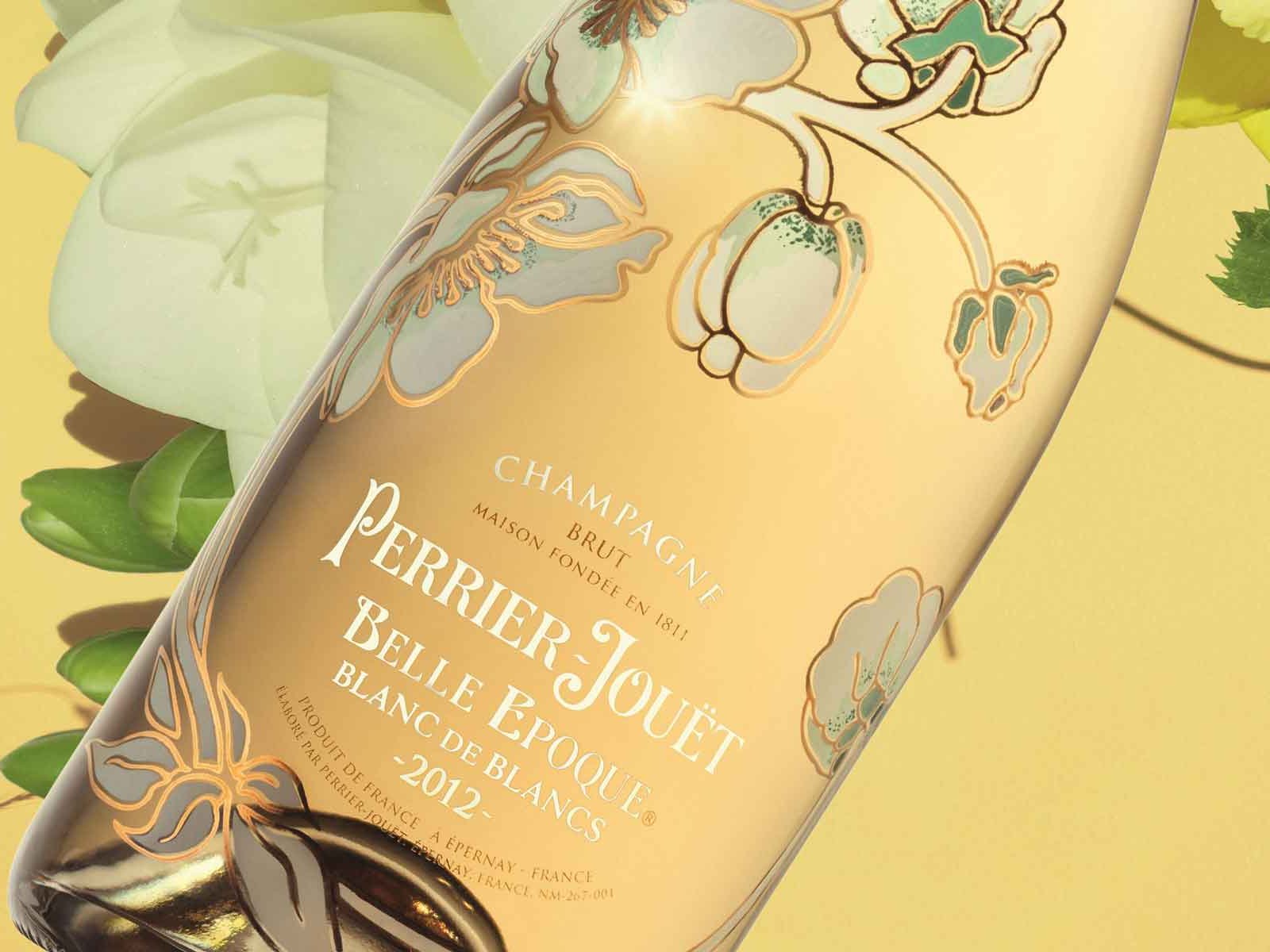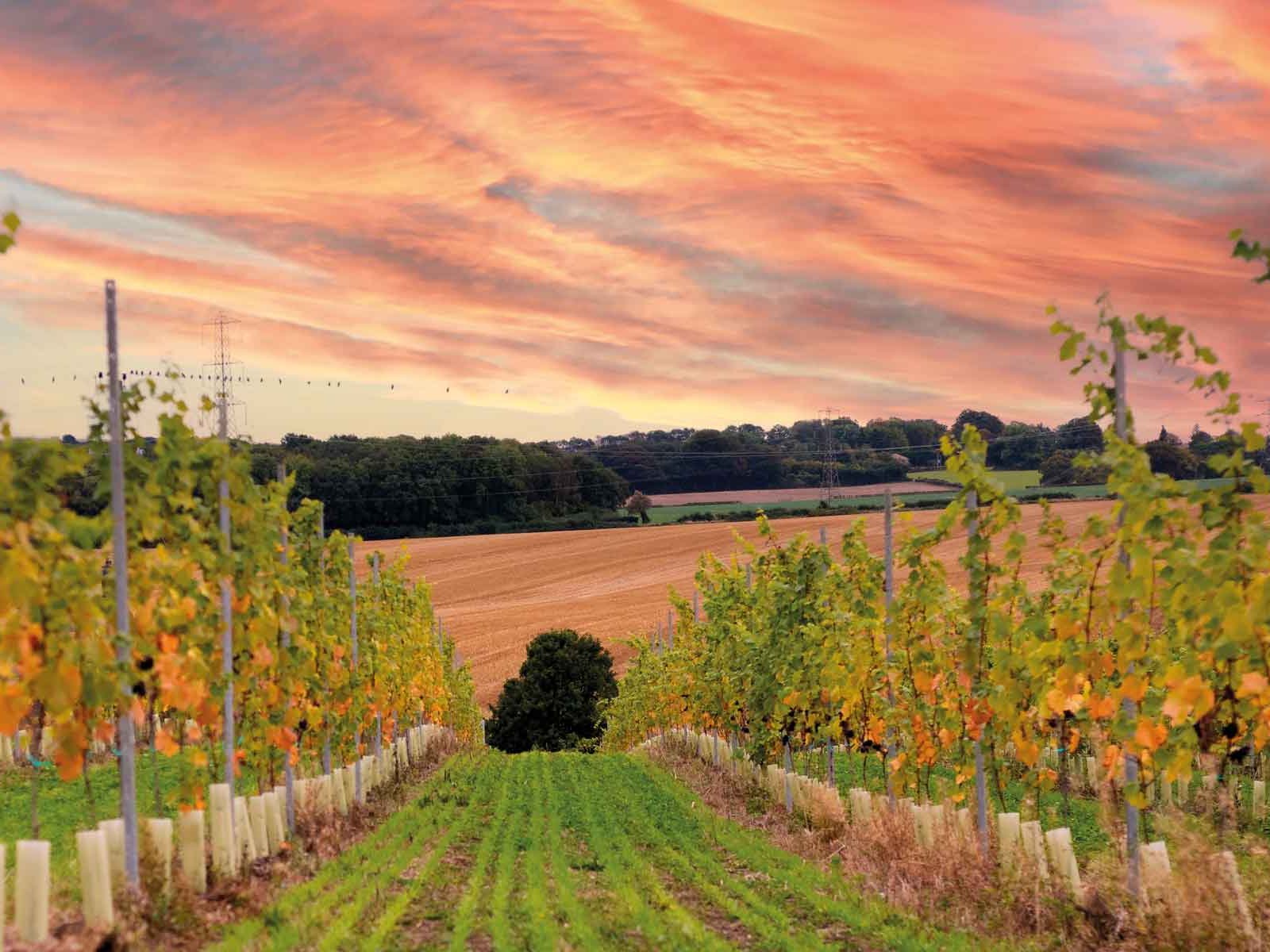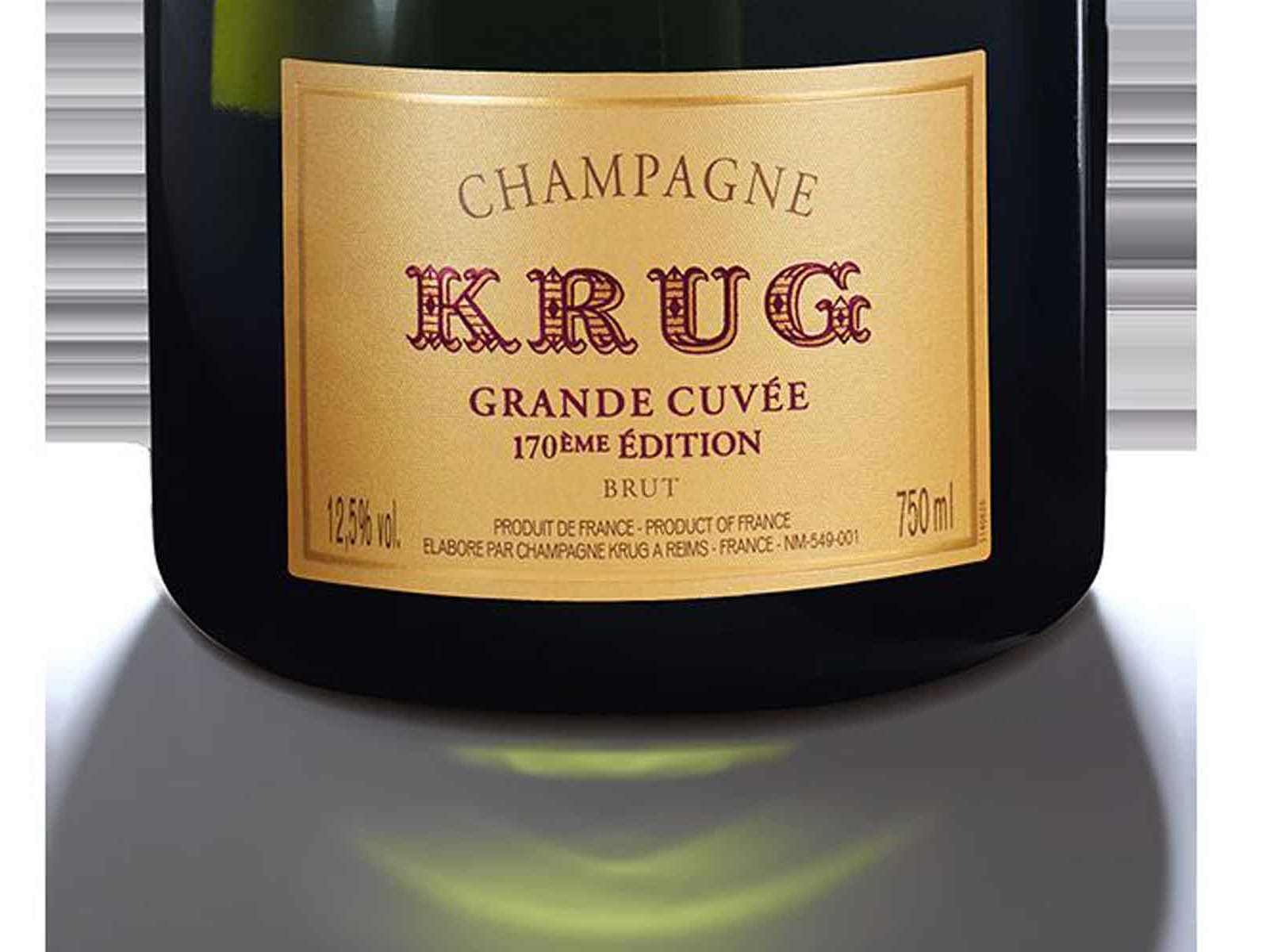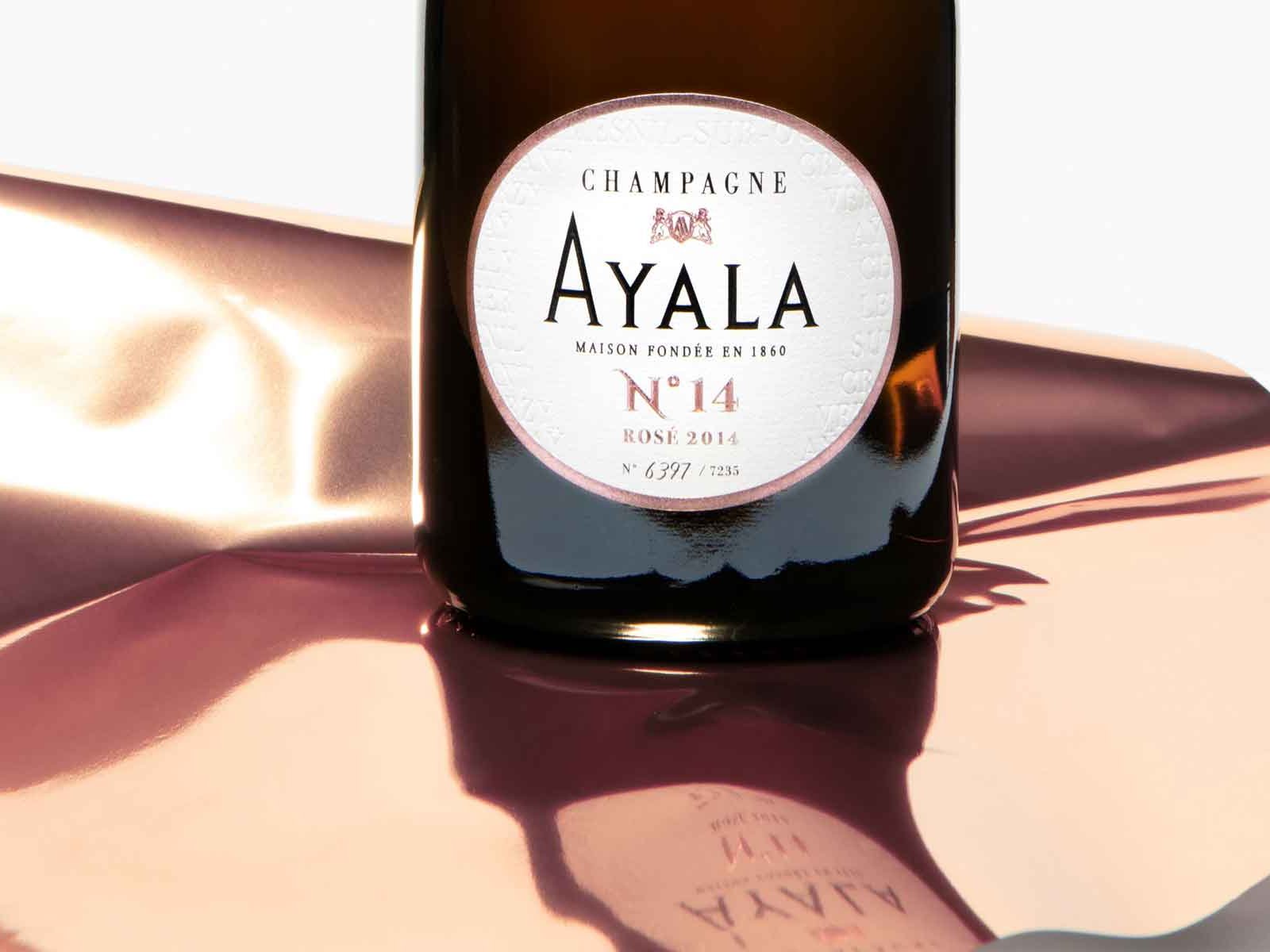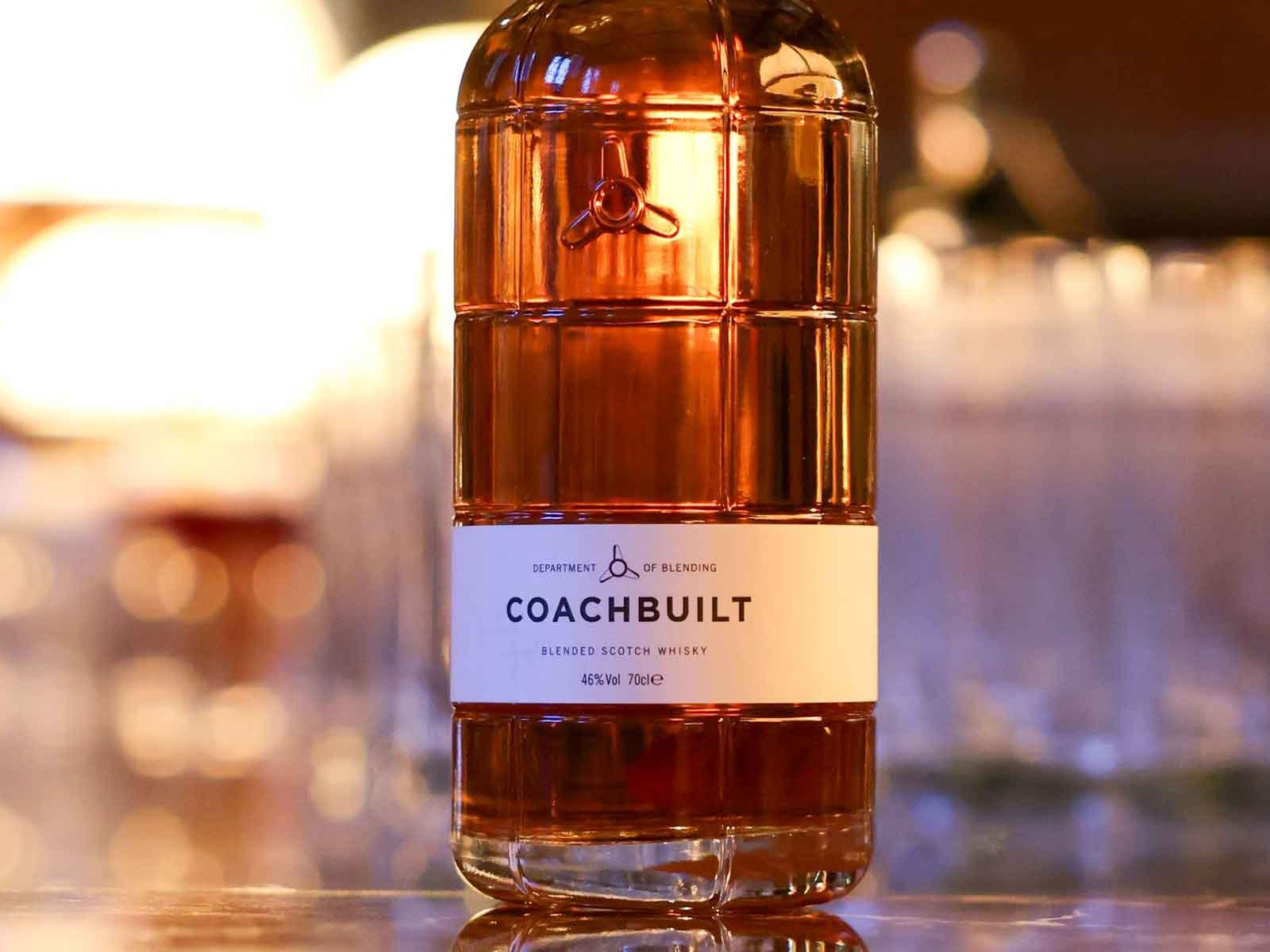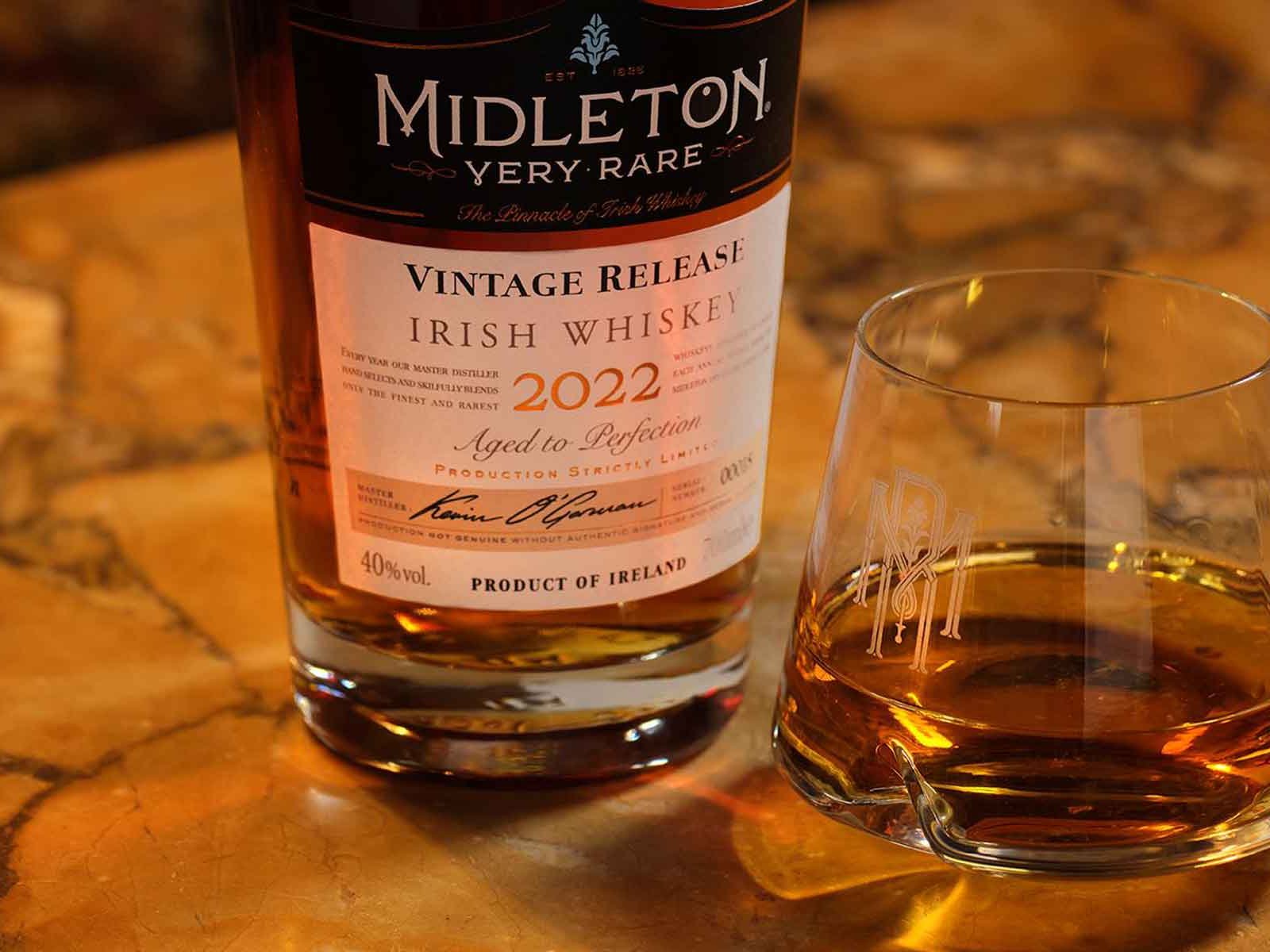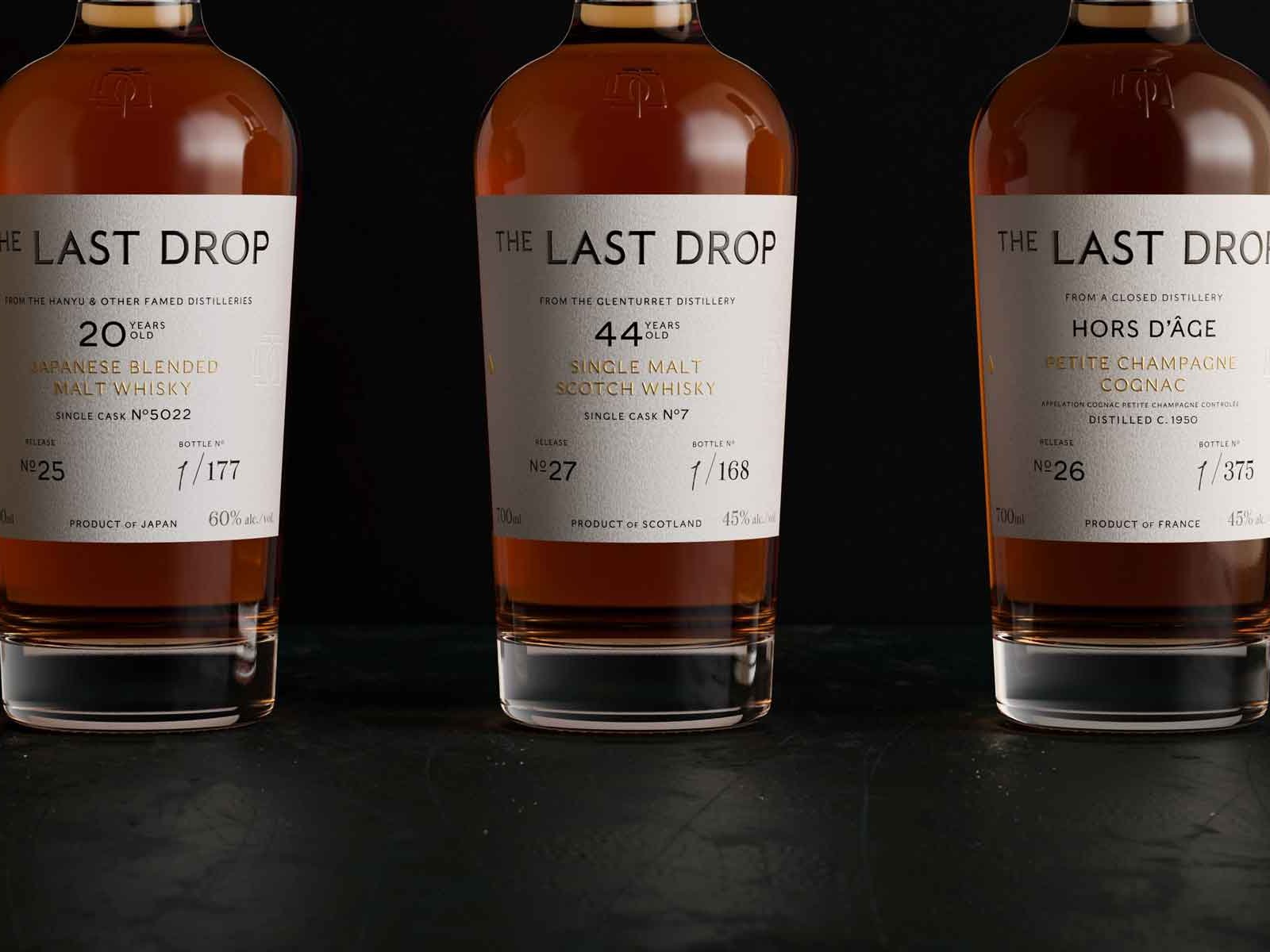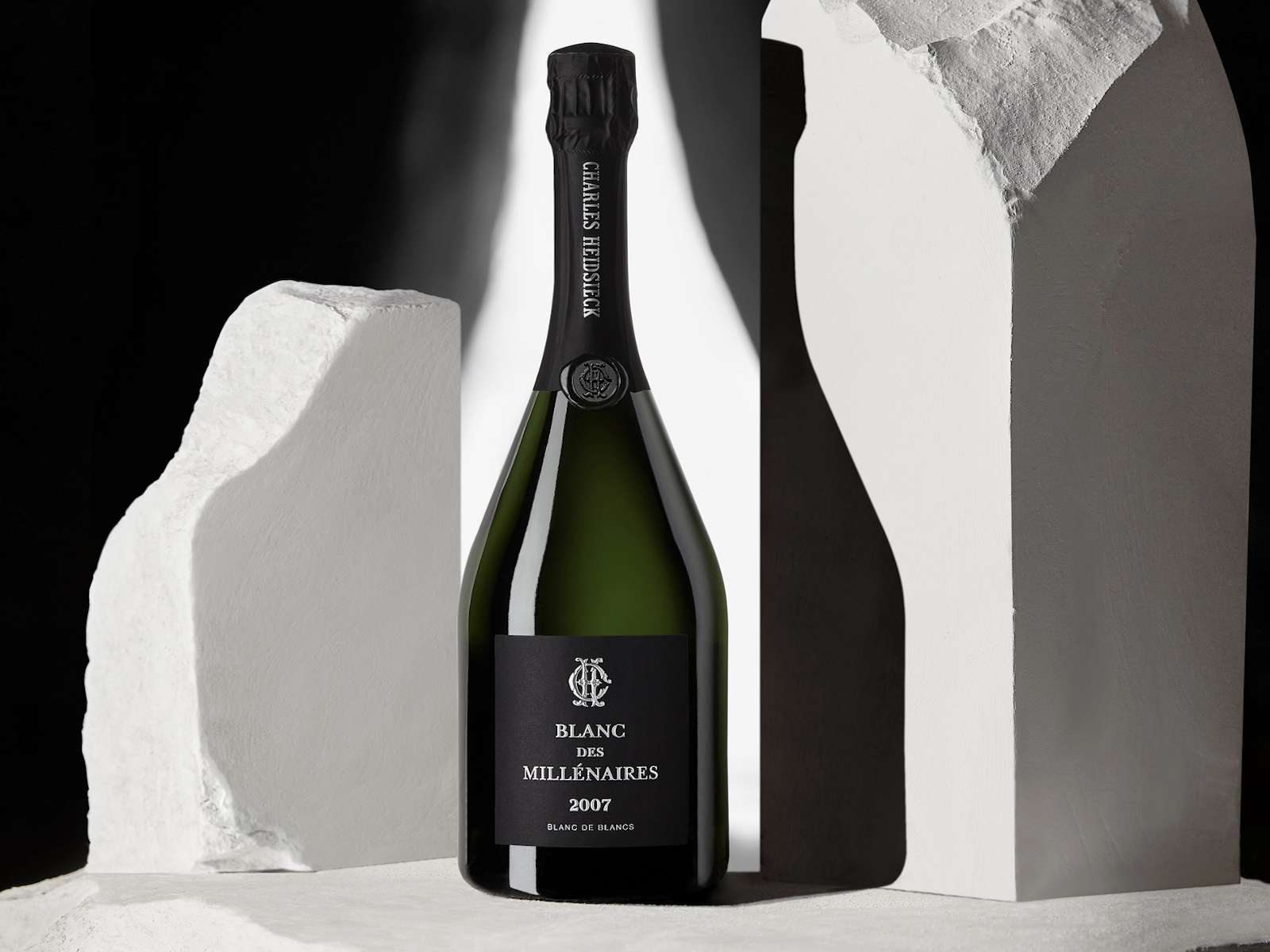Loimer Releases Two Exceptional Grosse Reserve Sekts
It is the time of the year to let corks pop – and Sekt is definitely worth a look. Here are two superb Austrian sparkling wines by Austrian fizz-legend Fred Loimer.
Sekt is the term used in the German language to denote sparkling wine – any sparkling wine. In the past this almost exclusively referred to cheap, mass-produced sweetish fizz but today the term also covers the very best sparkling wines made in German-speaking Europe. What once was an almost dirty word is having a literally effervescent renaissance.
Ahead of his time
Fred Loimer in the Austrian Kamptal region west of Vienna along the Danube and Kamp rivers, made his very first Sekt in 1991. From then on, he “just carried on doing this,” until he realised in 1998 that there just was no sufficient market for it. Why? Because the world of fizz was then still dominated by grande marque Champagnes – the revolution of small artisanal Champagne producers marketing their own wine, the phenomenon of so-called Grower Champagnes, had not happened yet.
The itch remained
But Loimer could not let go of the idea and started thinking about making traditional method sparkling wine again in 2008 and 2009. “The region’s climate is suited to this,” Loimer says. “So in 2011 and 2012 we started making base wines and in 2013 we really got going, because ‘13 was a sensational vintage for wine in general and for Sekt in particular – it ripened later, came with fantastic aid and low pH. The idea was born to make a Sekt that would stay on its lees for longer.”
On a roll
Since then, Loimer has been on a roll with his bottle-fermented Sekts and the reasons are clear: base wines remain on gross lees for one whole year before being bottled. This process “saves you strong filtration, and there is just one sulphur addition in the wines’ entire life, after the malo-lactic fermentation,” Loimer says. He also uses about 30% of reserve wines in his non-vintage cuvées. “Time is the most important helper in the cellar – and Sekt shows this clearly, every month after disgorgement you see a difference.
Theory and practice
“Theoretically we knew this from the beginning but two things are clear now,” Loimer says. "Kamptal is very well-suited to making Sekt due to the north and west influences from the Waldviertel. We have these cool nights that ensure fresh acidity in our wines. What we have come to see clearly is that biodynamic farming practices deliver earlier physiological ripeness, i.e. full aromatic expression with moderate sugar levels – these two things constitute a very reasonable case for making Sekt.”
A new law for Sekt
In 2015, Austria introduced a new law governing Sekt production – in line with the quality revival in Austria and the revolution that traditional-method sparkling wines had undergone across the globe. The Austrian law’s top tier for Sekt – called Grosse Reserve – stipulates the hand-harvest of grapes grown in a single village and traditional bottle fermentation with at least 30 months of ageing on lees.
In 2021, Loimer presented his Grosse Reserve Sekts from the 2016 vintage – a Blanc de Blancs from the village of Langenlois and a Blanc de Noirs from Gumpoldskirchen. Both wines have zero dosage and are pictures of elegance and come with distinct character – what is more, they are exceptional value.
“Right now, everything is possible for Sekt since the market also has clocked the direction,” Loimer says. “I hope that Austrian Sekt is moving into the right direction.” So give Sekt a chance when ringing in 2022!
READ THE TASTING NOTES HERE
2016 Loimer Langenlois Große Reserve Blanc de Blancs Brut Nature
2016 Loimer Gumpoldskirchen Große Reserve Blanc de Noirs Brut Nature

